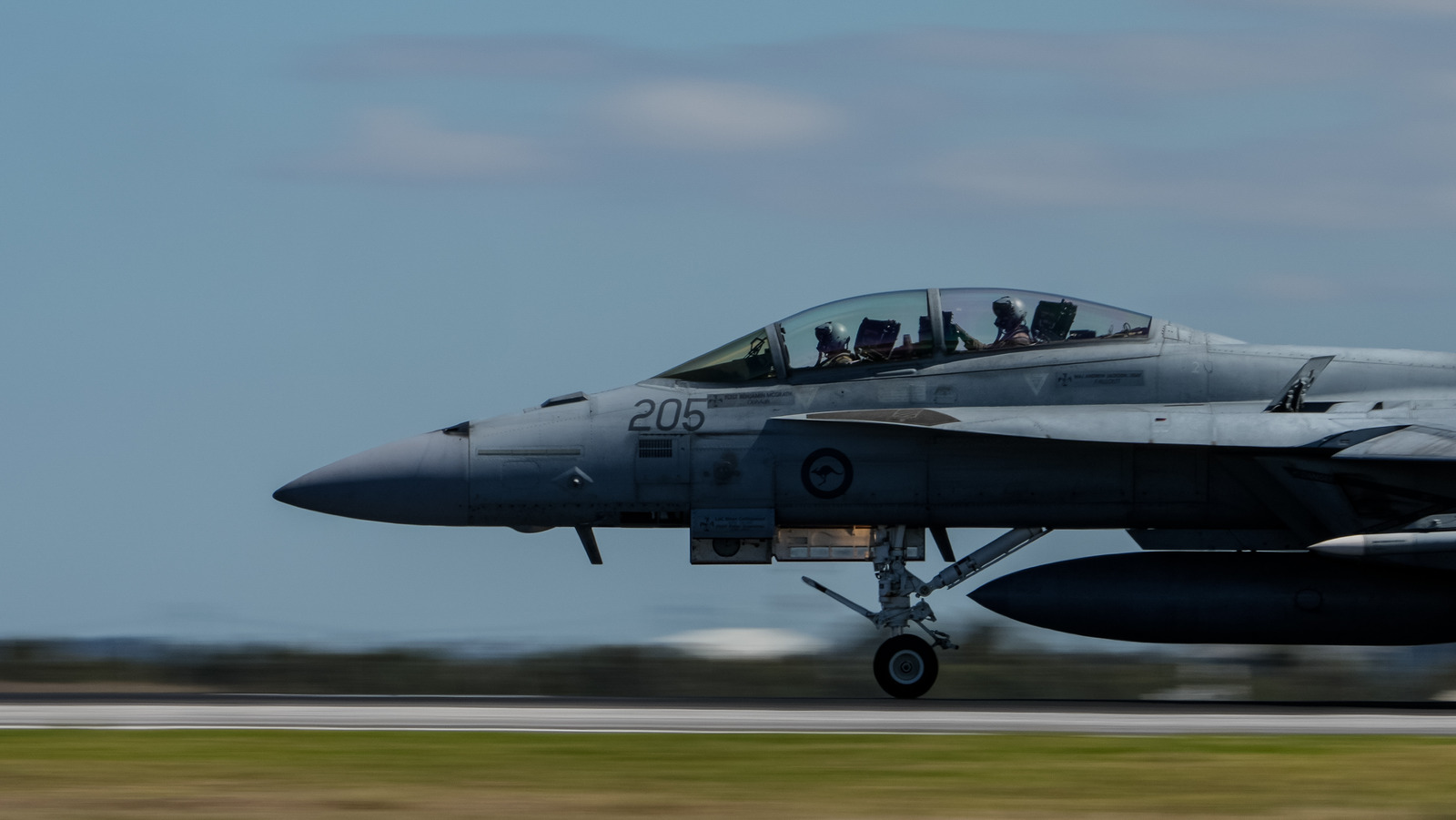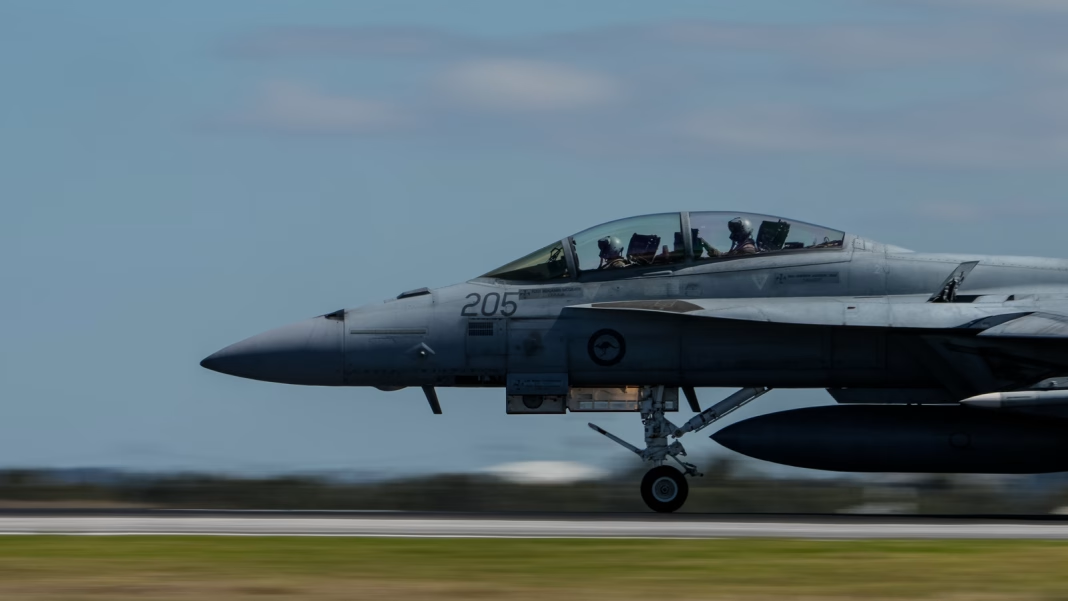The U.S. Navy recently faced an unexpected mishap that has left many scratching their heads. During a routine maneuver, an F/A-18E Super Hornet and its tow tractor took an unplanned plunge off the USS Harry S. Truman. Yes, you read that right—an entire fighter jet, worth around $60 million, went overboard. How does something like this happen?
What Went Wrong on the USS Harry S. Truman?
The incident occurred while the aircraft carrier was making a turn. It’s a reminder of how complex operations on a naval vessel can be. The Super Hornet, a staple of U.S. naval aviation, is designed for versatility and performance, but even the most advanced technology can’t prevent human error or unforeseen circumstances.
The Navy has a rigorous set of protocols to prevent accidents like this, but the sea can be unpredictable. Factors like weather, ship speed, and even the angle of the turn can all play a role in maintaining stability on deck. In this case, it seems that a combination of these factors led to the unfortunate loss of both the jet and the tow tractor.
What Happens Next?
You might wonder what the Navy does in situations like this. First and foremost, they’ll conduct a thorough investigation to understand exactly how the incident occurred. This involves reviewing footage, interviewing crew members, and analyzing the ship’s operations at the time of the accident. The goal? To ensure that such a mishap doesn’t happen again.
Recovering the jet will be a significant challenge. The Navy has specialized teams for underwater recovery, but retrieving a multi-million dollar aircraft from the ocean floor is no small feat. Depending on the depth and conditions of the water, it could take weeks or even months to locate and recover the jet.
The Bigger Picture: Safety and Training
This incident raises questions about safety protocols and training within the Navy. While accidents can happen, the Navy prides itself on its training programs, which are designed to prepare crew members for a wide range of scenarios. However, this incident highlights the need for continuous improvement and adaptation to ensure that all personnel are equipped to handle unexpected situations.
Moreover, it serves as a reminder of the importance of communication and teamwork on a carrier. Every crew member plays a vital role in maintaining safety and operational efficiency. When something goes wrong, it’s not just one person’s responsibility; it’s a collective effort to mitigate risks and respond effectively.
Lessons Learned from the Mishap
So, what can we take away from this incident? For one, it underscores the unpredictability of naval operations. Even with the best training and technology, the sea can throw curveballs. It also highlights the need for constant vigilance and adaptability in high-stakes environments.
The big takeaway? This mishap isn’t about perfection—it’s about smarter adjustments. The Navy will likely implement new strategies and training to prevent similar incidents in the future. For those of us outside the military, it’s a reminder that even in our everyday lives, we can learn from mistakes and adapt to ensure better outcomes.
Next time you hear about a naval operation, remember the complexities involved. And if you’re ever faced with a challenge, think about how you can adjust your approach for a better result. Start with one change this week, and you’ll likely spot the difference by month’s end.


